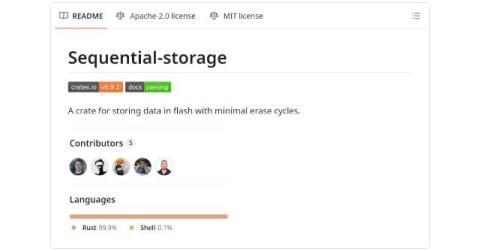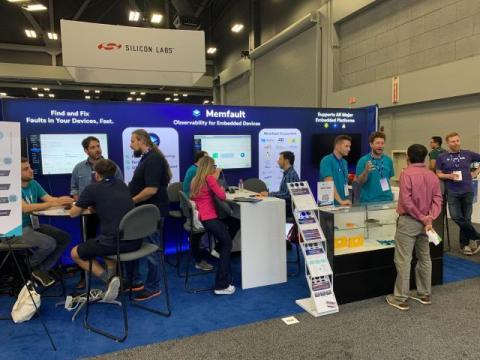Sequential-storage Efficiently Store Data in Flash
While using a full-blown filesystem for storing your data in non-volatile memory is common practice, those filesystems are often too big, not to mention annoying to use, for the things I want to do. My solution? I’ve been hard at work creating the sequential-storage crate. In this blog post I’d like to go over what it is, why I created it and what it does.








